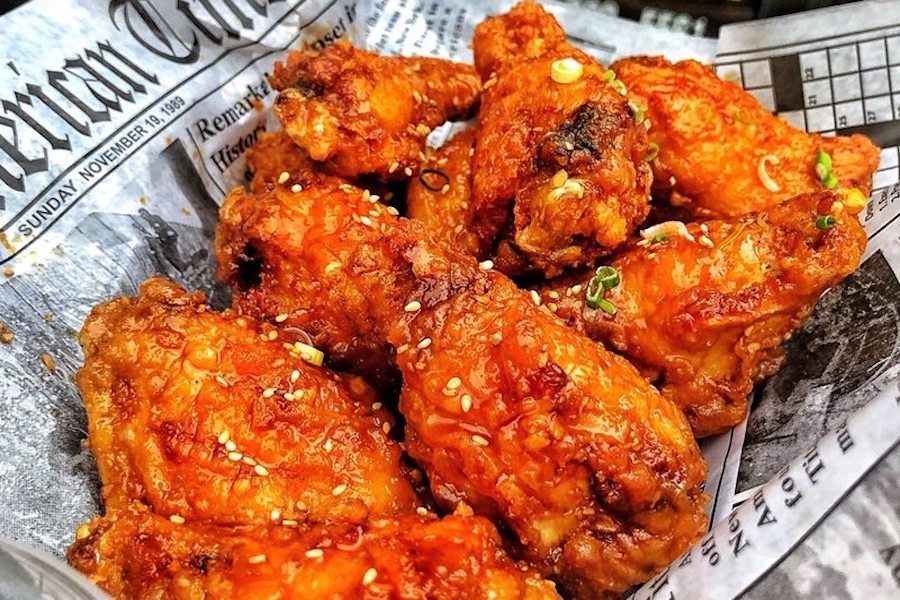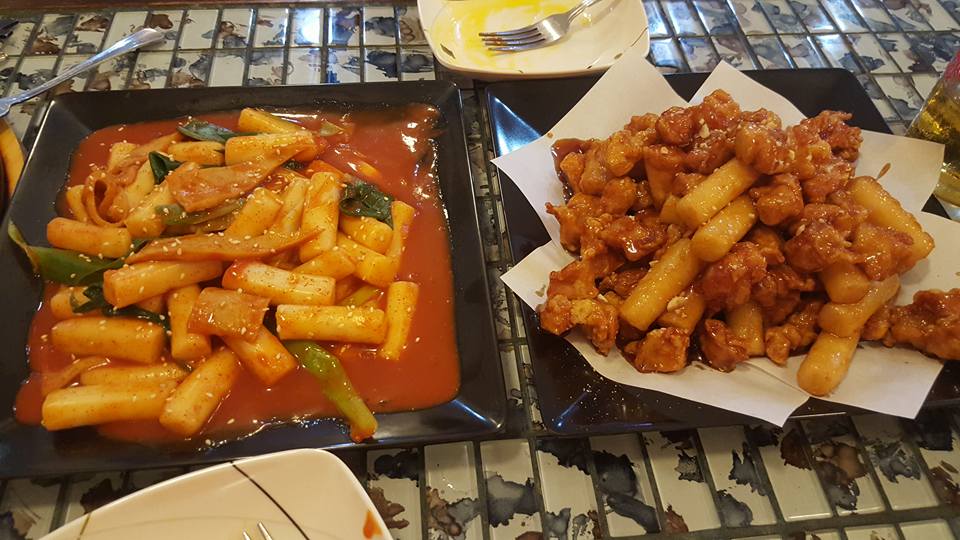
It's a fascinating turn for a cuisine that was embraced by the public only in the last few decades.Ĭultural critic Kim Hwa-young notes that the country's first-ever fried chicken franchise-Lim's Chicken-set up shop in 1977 in the upmarket food hall of the Shinsegye Department Store. The idea that 30,000 won is more appropriate had every potential to anger them. Many households feel that 20,000-won price tag for an order of fried chicken is a burden.
#KOREAN BOOM CHICKEN TV#
It speaks to the strong association between the middle and working classes and chicken (and to the common practice for big chicken franchises to pay for product placement on TV shows). Female protagonists in K-dramas often come from families that run chicken businesses, like here in the currently airing Business Proposal. In South Korea fried chicken is considered an affordable snack that should be within reach of the middle and working classes. If you are among readers living in countries with even higher costs of living, less than 20 dollars for a special delicacy may not sound like much.

Fried chicken vendors in South Korea meanwhile tend to sell only their specialty (plus some side dishes and drinks) and nothing else.īut the anger reflected the popular perception of fried chicken. That's a bit of an unfair comparison: frying a chicken in pieces requires more work than roasting it whole in an oven, and in Paris rotisserie chicken is generally sold by butchers, who do other business at the premises to bring in an income. A fried chicken for 30,000 won? Does that even make sense? That bastard is crazy!!" went one much liked comment on a news article about Yoon's opinion.

It might even be 6 or 7 euros at a normal street vendor. "Even in Paris with its high cost of living, a rotisserie chicken costs 8 euros (about 10,000 won). "And a fried chicken weighs about one kilogram," meaning it's grossly underpriced in his view.Ĭhicken, though, has long been seen as a cheaper source of protein, and the online reaction was negative to put it mildly. 150 gram costs 15,000 won, so one kilogram would be 100,000 to 100,500 won", argued BBQ chairman Yoon Hong-geun. So when the chairman of the fried chicken franchise behemoth BBQ said in an interview last week that "the price of a fried chicken should be more like 30,000 won to be reasonable", it sent the public into something of a mini tailspin. Just at the end of last year South Korean media were collectively bemoaning this new "age of 20,000-won fried chicken". If ordering on a delivery app as is common, one must tack on the fees, which differ at each restaurant and depend on availability of delivery workers in a given moment. While some less expensive options do exist, a box (the equivalent of a single chicken) likely costs between 16,000 and 20,000 won (13.20 to 16.50 dollars) after price hikes a few months ago reflected the steep rate of inflation. What it doesn't mean is that fried chicken is dirt-cheap because of its ubiquity. If we believe the true number is somewhere in the middle, that's still about 60,000, equating to one fried chicken place for every 867 people in a country of some 52 million.

A study by the Korea Research Institute for Human Settlement (KRIHS), a state-funded think tank, sees the figure as being much higher: it says that since 2005 the number of fried chicken outlets has remained fairly constant, at 85,000 over more, with only slight fluctuation from year to year. In 2015 the country boasted some 36,000 fried chicken businesses, according to media estimates based on data from Korea Statistics, a government agency.

Kimchi is a Korean staple, but fried chicken may be South Korea's most revered snack, with some calling it "Chineunim" (치느님)-a combination of "chicken" with the Korean word for God (Haneunim 하느님).



 0 kommentar(er)
0 kommentar(er)
